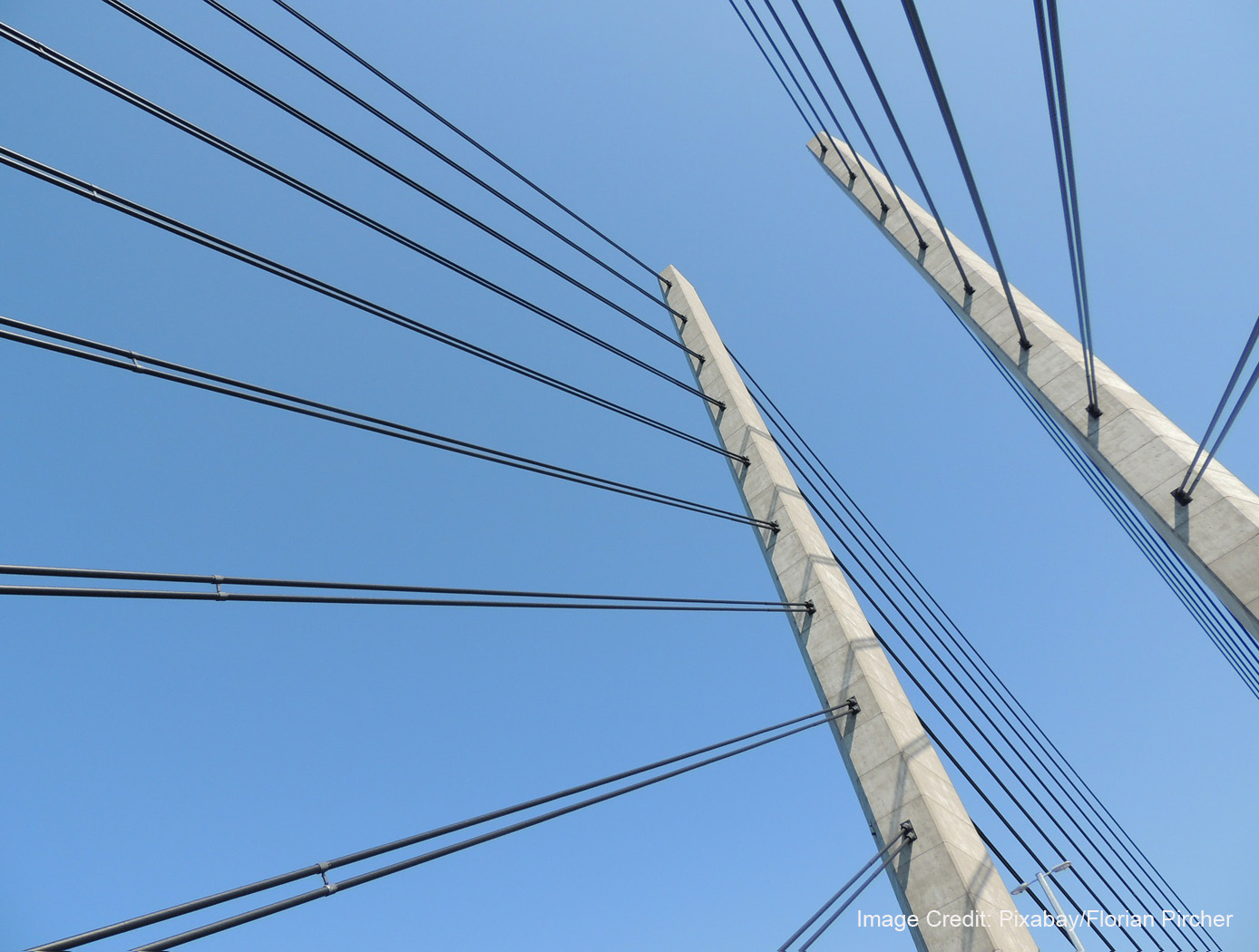Material for Structural Health Monitoring
sensors
Material for Structural Health Monitoring (LAR-TOPS-195)
Structural health monitoring using electroactive polymer fibers
Overview
NASA Langley Research Center has developed a novel polymer material that can be utilized as a real-time structural health monitoring sensor. The material is electroactive and generates a signal in response to a mechanical force. The material is also highly elastic, which allows for a large range of measurable strain levels, and is highly durable.
The Technology
The material is manufactured into micro- and/or nanofibers from polyvinylidene fluoride, or PVDF, a thermoplastic fluoropolymer that is highly piezoelectric when poled. The material can either be spun directly onto composite panels or can be embedded within the material. Defect detection is captured as the result of the piezoelectric PVDF fibers acting similarly to wires.
The fabrication method of the electroactive material is based on a previous NASA Langley invention of an apparatus that is used to electrospin highly aligned polymer fiber material. A description of the fabrication method can be found in the technology opportunity announcement titled Highly Electrospun Fibers and Mats, which is available on NASA Langley Technology Gateway.


Benefits
- Voltage output is potentially 10 times stronger than PZT (lead zirconate titanate), a commonly used piezoelectric sensor
- Technology is highly elastic, which supports a large range of measurable strain levels
- It is highly durable, with the exception of high levels of gamma radiation
- PVDF micro- and/or nanofibers have no foreseen limits in length and size, and fiber diameter is tailorable
- Cost of real estate and equipment required to produce the material is low
- Mechanical properties are similar to the bulk material
Applications
- Impacts sensing (composites)
- Delamination sensing (composites)
- Fatigue crack sensing (metals & composites)


